1. They Never Forget a Face
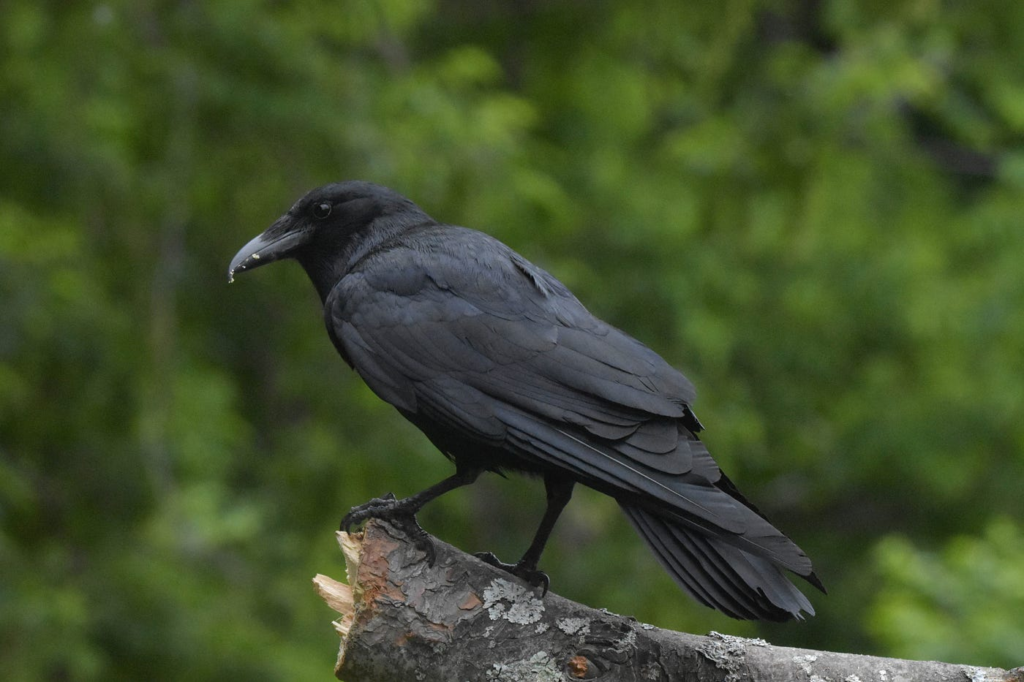
Crows are renowned for their extraordinary memory, especially when it comes to recognizing faces. Once a crow has seen a person, it can remember that face for years, and they often communicate their “findings” to other crows. If you’ve ever been scolded by a crow or accidentally crossed one, it’s not just a fleeting encounter—it could stick with them for a long time. Crows have been observed recognizing researchers who have interacted with them in the past, even years later, and responding either positively or negatively based on the interaction. This ability to remember faces is not just for identifying predators or threats, but also for recognizing individuals who might offer them food or help. Interestingly, crows use facial recognition as a social tool, warning other crows about individuals who have harmed them. If a crow sees you as a threat, it will hold a grudge and may even recruit other crows to take action. This long-term memory could make crows seem almost like the “watchdogs” of the bird world, and their ability to keep track of individual humans is downright eerie. Next time a crow stares you down, be careful—it might just remember your face from a previous run-in!
2. They Hold Grudges Against People
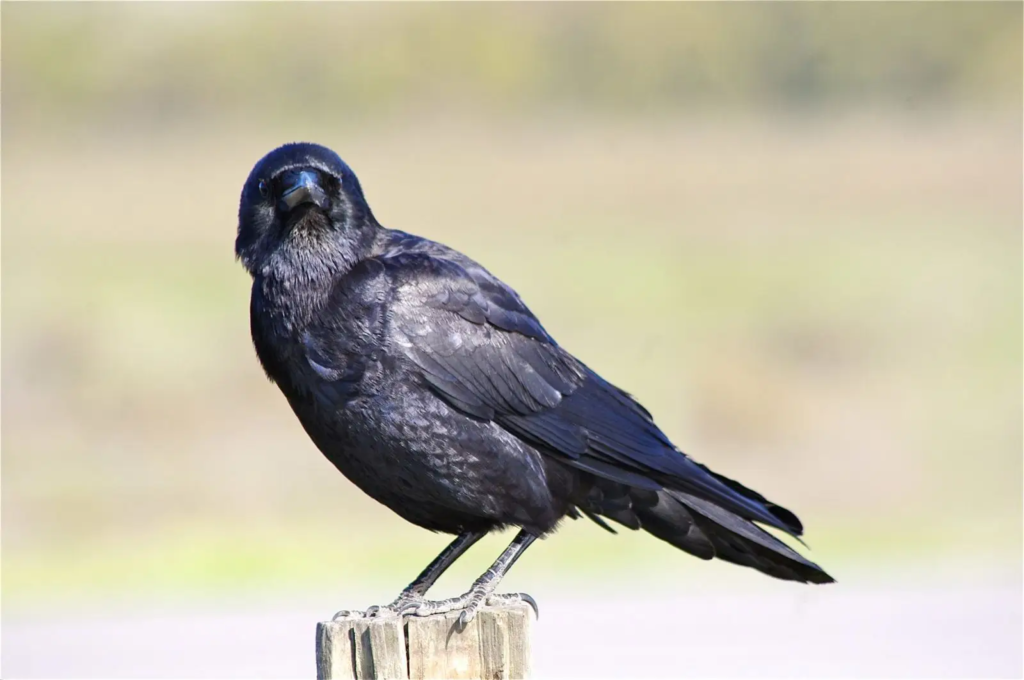
Crows aren’t just about remembering faces—they can also hold grudges, and it’s a lot more personal than you might think. Studies have shown that crows can recall past interactions with specific humans and react accordingly. If a crow has had a negative experience with you, such as being threatened or disturbed, it may start harassing you or even become aggressive. They’ll remember you and your behavior for years, which means if you mistreat a crow, it will not forget, and neither will its friends. This grudge-holding behavior has been observed in various studies where crows would react negatively to the same individual who had previously been aggressive toward them. But it’s not just a one-on-one interaction; crows can share this information with other crows, making them a formidable network of bird intelligence. This phenomenon, known as “social learning,” allows crows to communicate grievances among themselves and pass along warnings to others in the area. So, if you’ve ever had a bad encounter with a crow, it might be wise to think twice before walking by the same spot again. The next time you see a crow, consider that it might not only recognize your face but remember the very moment it got upset with you.
3. They Can Read Your Body Language
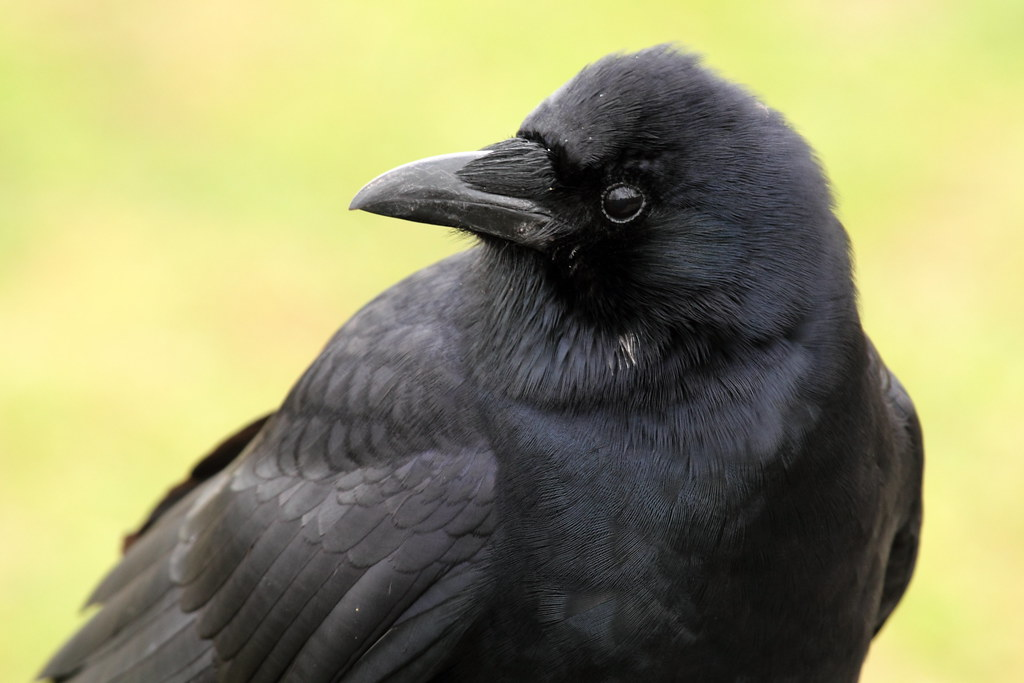
Crows are incredibly adept at reading human body language, a skill that further deepens their understanding of us. They can pick up on your posture, gestures, and even subtle movements to gauge your intentions. This ability is especially useful when determining if you’re a threat or if you have food. If you’ve ever had a crow watch you from afar, chances are it was studying your movements and analyzing whether you were friend or foe. Crows are skilled enough to detect when you’re acting cautiously or trying to sneak away, using this information to decide how to act. Their keen observation skills also mean they can predict when you’re about to feed them or take an action that could affect them. The more you interact with crows, the better they get at reading your behavior, and they can become surprisingly adept at anticipating your next move. This intuitive grasp of human behavior means crows often outsmart us when it comes to figuring out what we’re doing or thinking. Whether they’re watching you in the park or circling above, rest assured that crows are paying attention to your every move, and they might just know more about you than you realize. Their ability to read body language is just another tool in their arsenal to navigate the world around them.
4. They Can Pass On Information to Other Crows
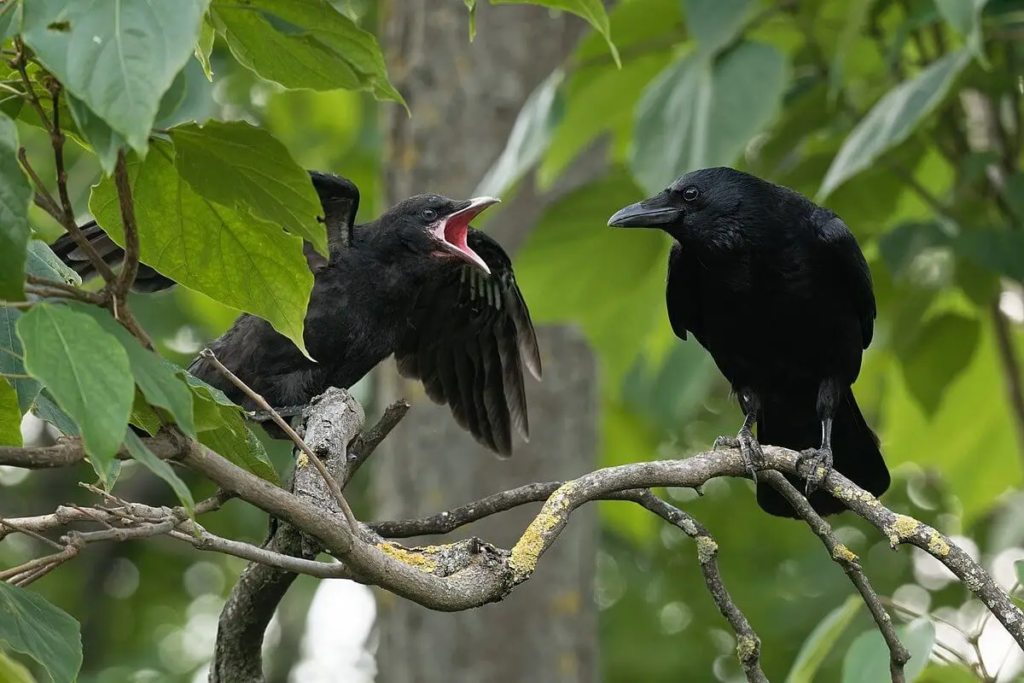
Crows are not only observant but also social communicators. They can share information about potential threats, food sources, or any other important data with other crows. This communication network is highly sophisticated—crows have been known to create “wanted” posters of sorts for humans who have wronged them. Through a process called social learning, a crow that has a bad experience with a person will alert other crows in the area by making specific calls or signals. These signals are recognized by other crows, who may change their behavior accordingly, avoiding the person or acting in a more cautious manner. Crows even use this system to alert others about predators or changes in their environment, such as the presence of a new food source. This ability to transmit information means that a bad interaction with a single crow could quickly snowball into a larger-scale warning system among local populations. In fact, there have been reports where crows reacted collectively to individuals they deemed dangerous, demonstrating their strong group dynamic and communication skills. This behavior makes crows a kind of “bird intelligence network,” and they’re not shy about using it. The next time you hear crows calling in unison, it might just be them talking about you—or someone else in the area.
5. They Can Use Tools

Crows are famous for their ability to use tools, a trait that places them among the smartest animals on the planet. Unlike many animals, who rely solely on instinct or simple behavior to survive, crows actively create and modify tools to meet their needs. One of the most remarkable examples of this is their ability to craft tools from twigs, leaves, and even plastic. They use these tools to extract food from hard-to-reach places, such as crevices in trees or openings in buildings. Crows have been observed bending twigs into hooks, showing an advanced understanding of how to manipulate materials to solve problems. This tool-making behavior is evidence of their problem-solving abilities and intelligence. Some species of crows, such as the New Caledonian crow, have been shown to create multiple tools in succession, using one tool to acquire another in a step-by-step process. This ability to plan and think ahead is rare in the animal kingdom and speaks to the crow’s cognitive sophistication. The next time you see a crow picking up a stick or seemingly playing with an object, don’t be fooled—it’s probably working on creating a tool to help it get food or solve a problem. Their impressive tool-making skills are a testament to just how resourceful and intelligent these birds can be.
6. They Can Count and Understand Numbers
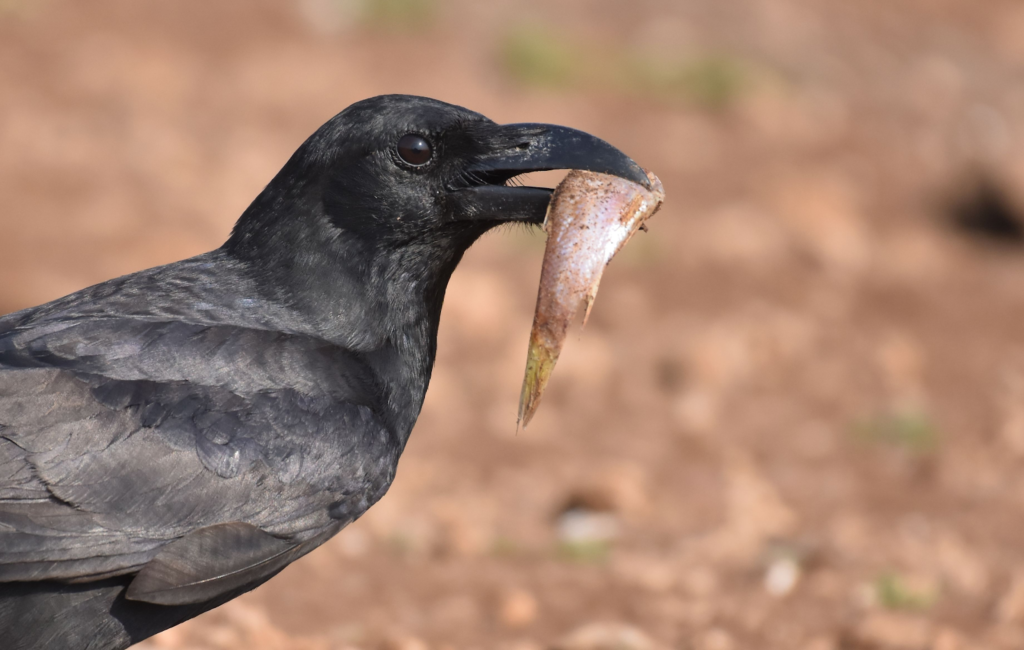
Crows have shown that they can understand the concept of numbers, a skill that was once thought to be uniquely human or reserved for highly trained animals. In various studies, crows have been able to count and distinguish between different quantities of items. For instance, crows can identify when one pile of food has more pieces than another, which suggests that they have a sense of quantity and can make basic numerical comparisons. This ability is far beyond simple object recognition; crows can understand the concept of “more” or “less,” which is an important cognitive skill for survival. Being able to count also helps them in decision-making, such as choosing which food source to prioritize or whether to share food with others. Some crows can even use tools in a way that requires a basic understanding of cause and effect, further demonstrating their grasp of logical reasoning. This numerical understanding is essential for tasks like hoarding food, where crows have been seen hiding multiple items in different locations and remembering their stashes. The fact that crows can comprehend numbers in this way highlights the level of intelligence they possess. It’s not just about having a good memory—it’s about processing and understanding numerical data, something that is typically considered a hallmark of advanced intelligence.
7. They Can Learn From Watching Others
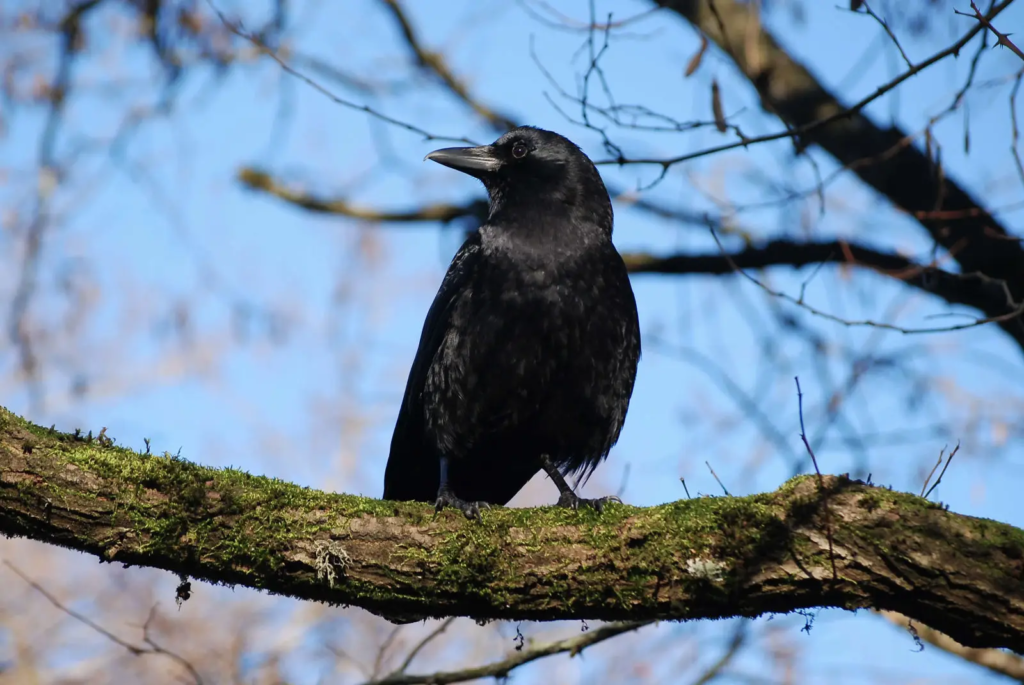
Crows don’t just learn through trial and error—they’re also incredibly skilled at learning by observing others. This ability to imitate and learn from their environment is crucial for adapting to changing situations and environments. In fact, crows have been known to learn how to use tools and access food sources simply by watching other crows perform the task. They’ve even been observed copying human actions, demonstrating their ability to mimic behaviors. This social learning process allows crows to quickly adapt to new challenges, such as navigating a busy urban environment or figuring out how to open a trash can. By observing and copying successful behaviors, crows save time and effort, avoiding the need to figure everything out on their own. This form of learning is an essential aspect of their survival strategy, as it helps them expand their skillset without trial-and-error mistakes. It also means that crows have a form of cultural knowledge, as skills and behaviors can be passed down from one generation to the next. Their ability to learn by watching others is an indicator of their high cognitive abilities and their ability to adapt to a variety of situations. Whether it’s finding food or solving a puzzle, crows are excellent students of their surroundings.
8. They Can Recognize and Remember Other Animal Species
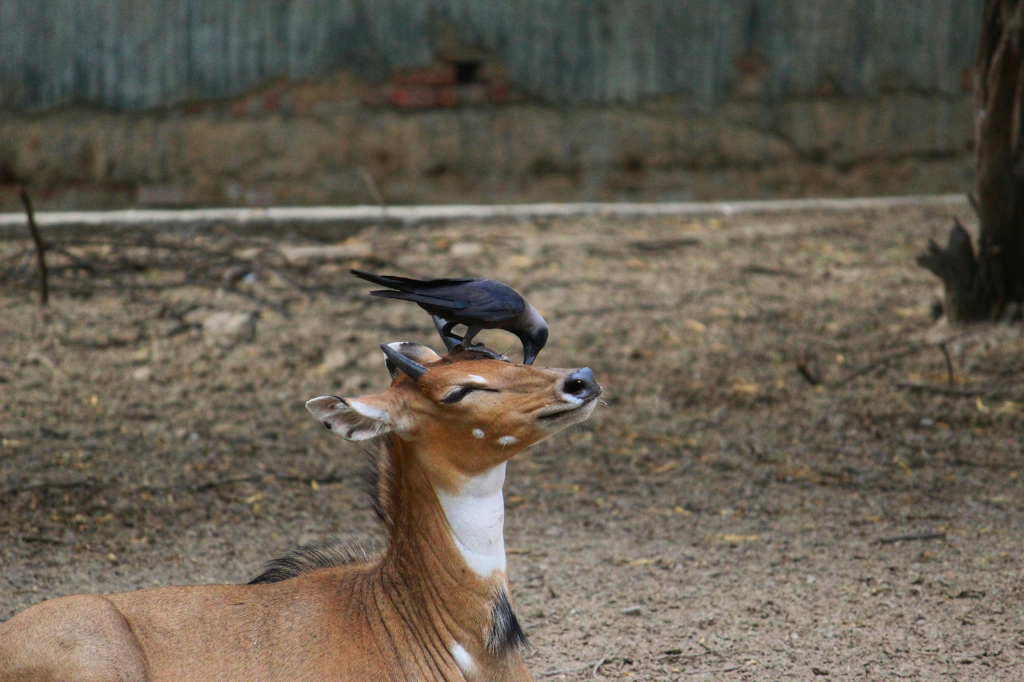
Crows don’t just recognize people—they can also identify and remember other animals, including predators and potential threats. For example, crows are known to avoid certain bird species or animals that they’ve learned are dangerous, such as hawks or owls. They’ve even been observed changing their behavior when encountering specific types of dogs or cats, adjusting their approach based on past experiences. This ability to recognize different species and remember their behavior is a key survival skill, as it allows crows to avoid dangerous situations and stay one step ahead of predators. In fact, crows can even alert their fellow crows to the presence of these dangerous species, ensuring that the entire group stays safe. By sharing this information, crows form a collective knowledge base that helps them navigate their environment more effectively. They’re not just reacting to their surroundings—they’re actively processing and remembering past encounters to protect themselves. This predator recognition is a testament to their complex memory systems and their ability to learn from experience.
9. They Can Mimic Human Speech
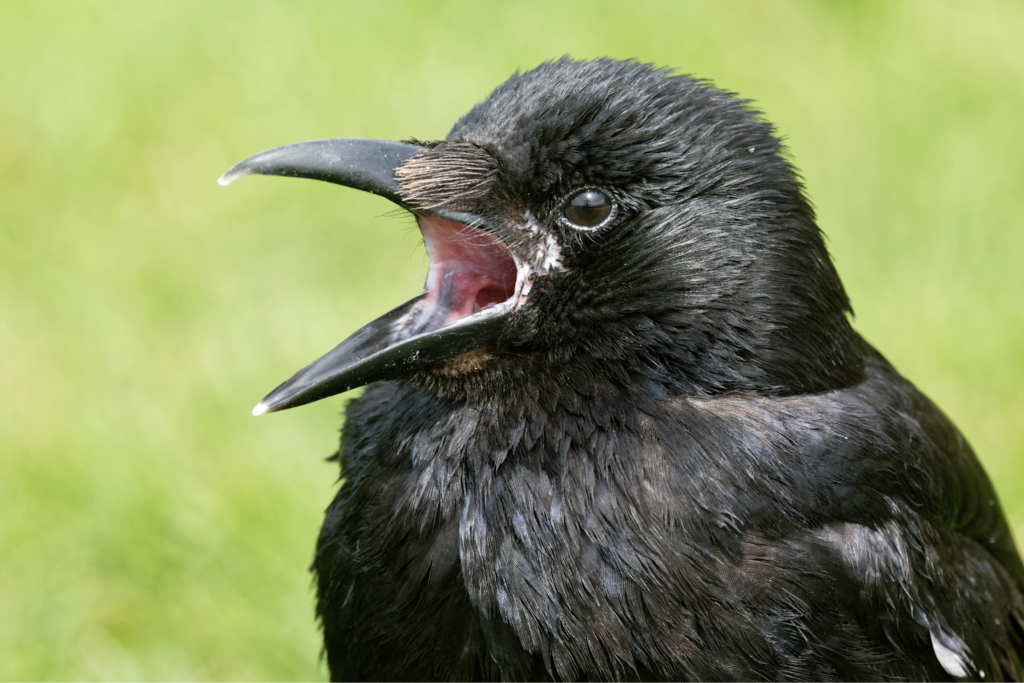
Crows are capable of mimicking human speech, a talent that adds another layer of intrigue to their intelligence. While they don’t speak in full sentences like parrots, crows can replicate specific words or sounds they hear regularly. This mimicry is not just random noise; it’s a purposeful communication skill that allows them to interact with humans in ways that are sometimes startling. Some crows have been observed imitating the sounds of car alarms, doorbells, and even the voices of people they’ve been around frequently. This ability to mimic human speech is part of their larger skill set in vocal communication, which includes a wide range of calls, caws, and even regional accents. Their mimicry of human sounds shows not only their vocal flexibility but also their capacity to learn and adapt to their environment. By copying human speech, crows might be trying to engage with us in ways that feel more familiar, blurring the lines between human and bird behavior. The idea that a crow could repeat your words or mimic your voice is both fascinating and slightly unnerving. So, if you hear a crow calling your name, don’t be surprised—it might just be one of these intelligent birds trying to get your attention.


